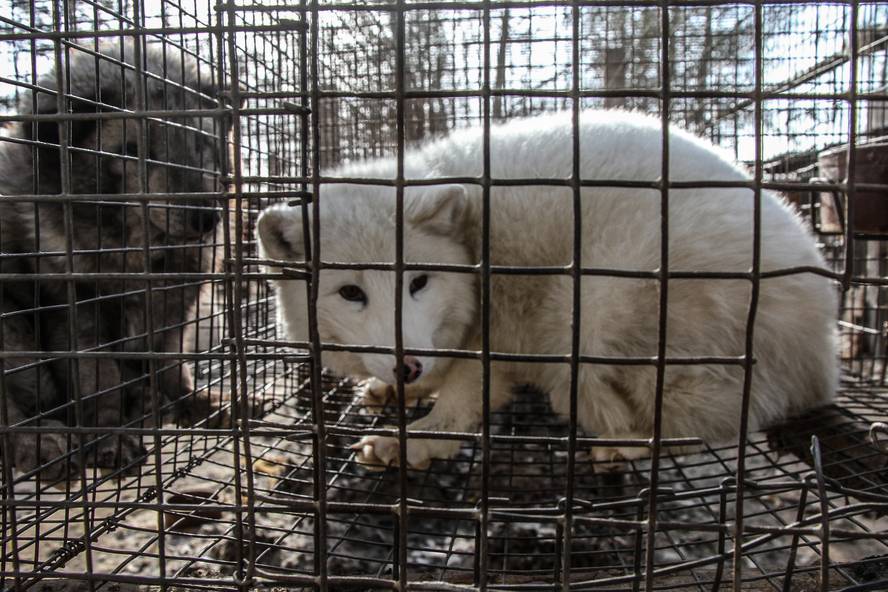Discover viruses capable of producing pests in humans in animal farms for leather
In a study conducted in raccoon incubators, mink and carabinated rats that grow for the leather industry in China, a large number of dangerous viruses have been discovered, some of which also have the ability to jump into humans.
In particular, the tissues of the 461 animals that died from the disease have been subject to metatranthomic sequencing and 125 viruses have been identified. Of these, 36 were new and 39 with great ability to jump from one species to another, even to humans. For example, seven coronavirus have been found to infect other species of origin, including a species similar to the HKU5 coronavirus of bats in the lungs of a mink. Three variants of influenza a (H1N2, H5N6 and H6N2) have also been identified and zoonotic viruses from the families Coronaviridae, Paramyxoviridae and Sedoreoviridae, among others, have been identified.
Researchers have warned that growing leather animals poses an obvious risk to the emergence of viral zoonoses. The study has been published in the journal Nature.






